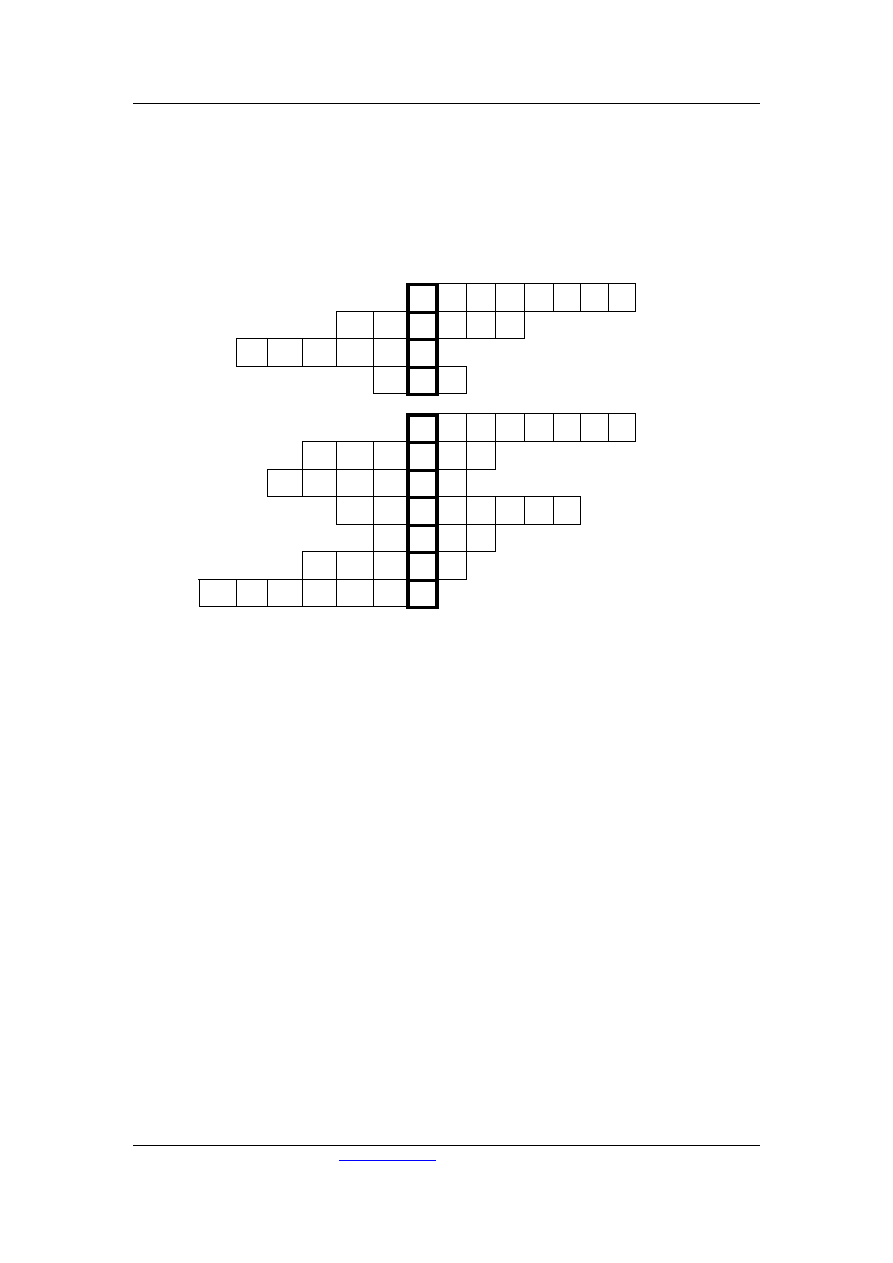
Inside
Out
A Christmas truce
WORKSHEET
A
If someone talks about ‘Christmas spirit’ they usually don’t mean eating too much or
hoping to receive lots of presents, but that Christmas is a time for being kind to other
people, which includes trying to get on better with people we don’t have a good
relationship with. There is a traditional Christmas message that expresses this very
well: ‘Peace on Earth, goodwill to all men’.
One of the most famous stories about Christmas spirit comes from the First World
War (1914-18), in which many soldiers had to live in trenches and tens of thousands
of them died in battles in which the side that ‘won’ often moved forward just a few
hundred metres. At Christmas in 1914, a few months after the start of the war, the
British were fighting the Germans in northern France and Belgium, with their
trenches only about fifty metres apart in some places. On Christmas Eve, near Ypres
in Belgium, the German soldiers started singing Christmas carols, including one
called Stille Nacht (Silent Night in English) that is still very popular today. Opposite
them, in the British trenches, Scottish soldiers replied by singing carols in English.
Soon the Scottish and German soldiers were shouting friendly Christmas messages to
each other.
Next, something even more surprising happened: groups of soldiers from both sides
went into no man’s land (the space between the trenches), to exchange small
Christmas presents such as whisky and chocolate. Soldiers also went into no man’s
land to pick up and bury the dead bodies, with British and German soldiers standing
together at some of the burial ceremonies. In a letter home, one young British soldier
wrote, ‘I had the pleasure of shaking hands with several Germans … They say they
won’t fire tomorrow if we don’t so I suppose we shall get a bit of a holiday.’
News of the truce travelled quickly along the lines of British and German trenches,
and other groups of soldiers decided they wanted to do the same. In one place in
northern France, British and German soldiers even went into no man’s land to have a
game of football on Christmas Day. Generals in both armies were angry about the
truce, and ordered the soldiers to start firing again. The Christmas spirit of 1914 soon
died, but it has not been forgotten.
This page has been downloaded from
www.insideout.net
.
It is photocopiable, but all copies must be complete pages. Copyright © Macmillan Publishers Limited 2008.

Inside
Out
A Christmas truce
WORKSHEET
B
Exercise 1
Answer the following questions about the text on Worksheet A.
1. In which countries were the British and German soldiers fighting?
2. Where did many soldiers have to live?
3. How did the Scottish soldiers reply to the German soldiers’ singing?
4. What did the British and German soldiers exchange in no man’s land?
5. What game did the soldiers play in no man’s land on Christmas Day?
6. In what year did the Christmas truce take place?
7. Who ended the truce by ordering the soldiers to start firing again?
8. When did the First World War end?
Exercise 2
Decide whether the following statements are true (T) or false (F), or if the text doesn’t
say (D).
1. Showing Christmas spirit usually means being kind to other people.
2. The carol singing between the British and German soldiers took place on Christmas
Eve in 1914.
3. Only very few people still know the carol Silent Night.
4. No man’s land was an area behind the British trenches.
5. Ypres is in France.
6. The game of football between the British and German soldiers took place in
Belgium.
7. British and German soldiers stood together at some burial ceremonies for dead
soldiers.
8. In most places the trenches of the British and German soldiers were about a
hundred metres apart.
This page has been downloaded from
www.insideout.net
.
It is photocopiable, but all copies must be complete pages. Copyright © Macmillan Publishers Limited 2008.

Inside
Out
A Christmas truce
WORKSHEET
C
Exercise 3
Complete the crossword below. If all the words are correct, the approximate number
of soldiers killed in the First World War will read from top to bottom.
1
2
3
4
5
6
7
8
9
10
11
1. The game of football on Christmas Day took place in ___________ France.
2. ___________ was one of the presents the soldiers exchanged.
3. Silent Night is called Stille Nacht in ___________ .
4. Christmas is supposed to be a time for trying to ___________ on well with other
people.
5. The German and Scottish soldiers shouted friendly ___________ across no man’s
land.
6. The British and German ___________ were fighting in northern France and
Belgium.
7. Both the German and the Scottish soldiers sang Christmas ___________ .
8. There were dead ___________ lying in no man’s land.
9. During the truce the soldiers did not ___________ their guns.
10. The young British soldier who wrote the letter ___________ hands with a lot of
German soldiers during the truce.
11. No man’s land was ___________ the British and German trenches.
This page has been downloaded from
www.insideout.net
.
It is photocopiable, but all copies must be complete pages. Copyright © Macmillan Publishers Limited 2008.
Document Outline
Wyszukiwarka
Podobne podstrony:
IO377G Christmas truce
P I Christmas Truce TEACHER
Christmas around the world
Labirynty Łatwe, christmas maze 5
christiane f my dzieci z dworca zoo PODRYX5ASFIPH4SUR3JRHNPGY3OISOG2VG3DIII
Labirynty Łatwe, christmas maze 1
12 Wyznaczanie współczynnika przewodnictwa cieplnego ciał stałych metodą Christiansena
Agatha Christie Zerwane Zaręczyny
12?ys Of Christmas
christmas box
Christie, Agatha 23 Der Ball spielende Hund
Christie Agatha Niedziela na wsi
Christie Agatha Detektywi w sluzbie milosci
christmas 1
więcej podobnych podstron